Advertisement
How René 'The Crocodile' Lacoste Got His Nickname
Tim Clapp was only 5 years old when his grandfather, George Carens, died. But he remembers him well.
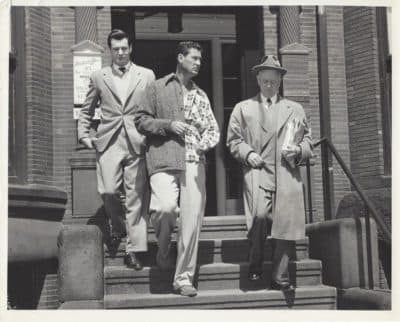
"Well, he was an incredible person," Clapp says. "He was gregarious and fun and funny. And smart."
Clapp has heard all the stories about his grandfather, including how he inadvertently helped launch one of the world’s most lucrative fashion brands.
George's Budding Career
Times were tough for the Carens family at the turn of the century. So George quit school in 1908, when he was a teenager.
"He got a job at the Boston Herald as a copy boy," Clapp says. "And it was a happy accident, because he had to get the scores from all of the towns in the entire state. And he had to call everybody, which allowed him to get to know everybody."
By 1910, Carens was covering school sports for The Boston Herald Traveler. It was a great time to be a sports writer. Soon, newspapers all over the country would feature splashy headlines trumpeting the exploits of Babe Ruth, Knute Rockne, Jim Thorpe, Bill Tilden and other superstars. Over the next five-plus decades, Carens went everywhere.
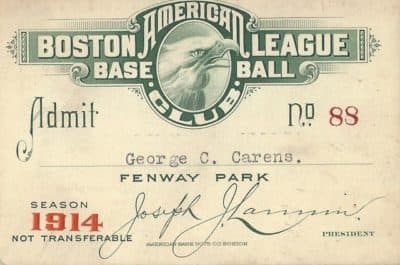
"He never missed a Harvard-Yale football game between 1908 and 1960," Clapp says. "He went to the Amsterdam Olympics in 1928. Covered that. In 1928, he was at the Roland Garros stadium that had just been built, watching Tilden and Lacoste."
René Lacoste was one of the biggest male tennis stars of that time. Carens was covering tennis for one of the Boston dailies. He’d gotten to know Lacoste a few years earlier.
"He always wanted to meet the new and upcoming stars," Clapp says. "So he made it a point to introduce himself and get to know him in 1923 when he came to Longwood."
The Longwood Cricket Club, located just outside Boston, was the site of the first Davis Cup competition in 1900. In August of 1923, Team France was there to play Team Australia for a spot in the finals against the U.S.
On an off day, Lacoste, team France captain Allan Muhr and George Carens took a stroll in a ritzy Boston neighborhood.
Advertisement
"I remember my mother and my grandmother talking about it a lot," Clapp says.
And yet, no one can agree which street they strolled on.
"And they’re walking down the street," Clapp continues. "And they’re just talking about the upcoming match against Australia. They stopped at a fine luggage store. And there was a beautiful crocodile valise in the big picture window."
Lacoste noticed it.
"And he really took a shine to it and fancied it and made a big deal about it," Clapp says.
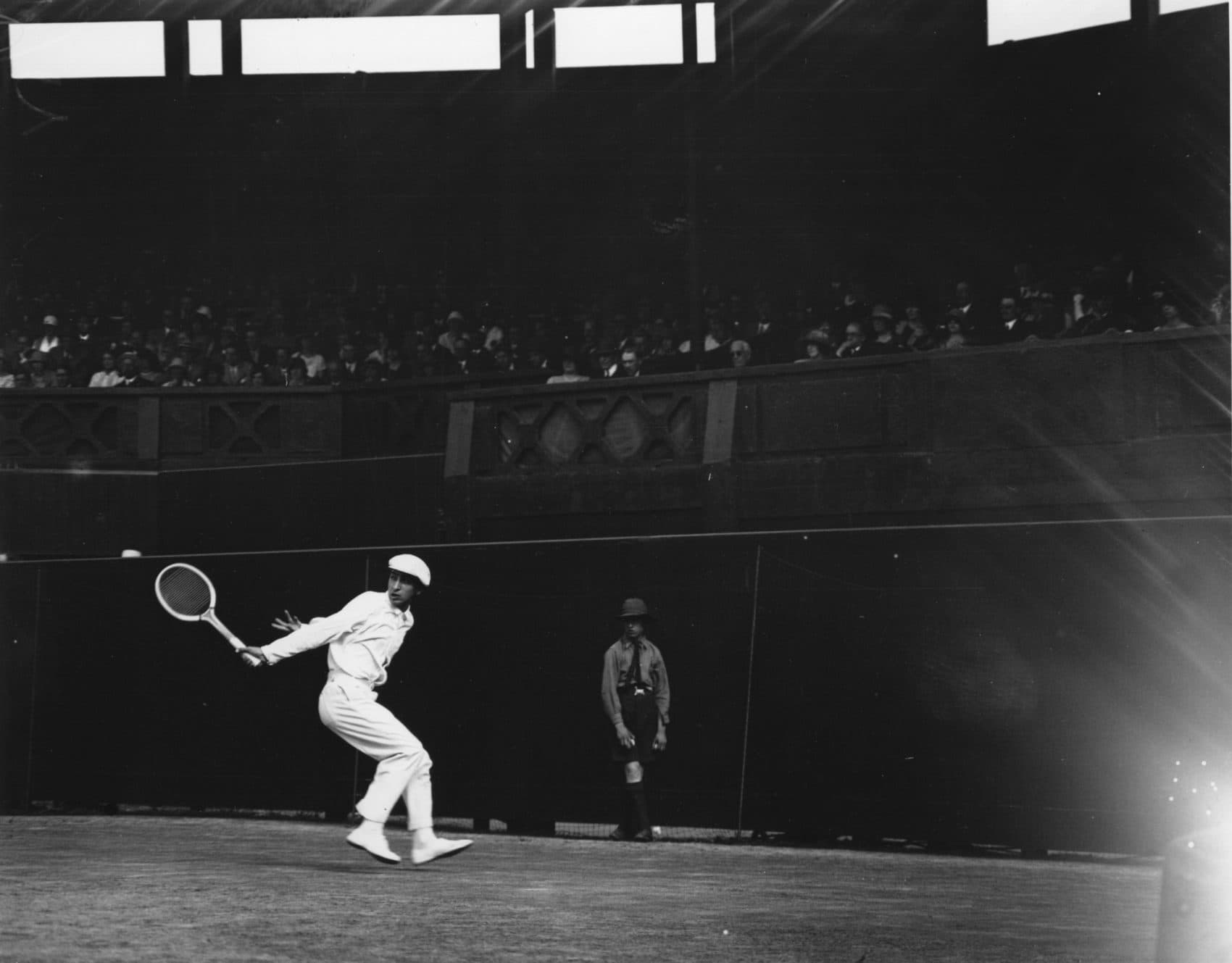
There’s another disagreement about what happened next. In one version of the story, the team captain said, "If you win your match tomorrow, I'll buy it for you," Clapp explains. "And in the other one, Lacoste said, ‘If I win it, will you buy it for me?’ But, either way, it’s the same idea. And, unfortunately, he lost his match to a guy named Anderson from Australia."
Actually, that’s not true. Lacoste didn’t play in that tournament. But France did lose to Australia. Whatever the real story is, Lacoste didn’t get his coveted crocodile bag. But the story didn’t end there.
He got something more valuable.
"My grandfather was there and heard and wrote an article about it," Clapp says. "Started calling him ‘The Crocodile.’ Over the years, he used to write lots of articles about him. And the name stuck."
'The Crocodile'
It stuck, in part, because of the way Carens described Lacoste’s playing style.
"He basically said that 'The Crocodile' described him perfectly," Clapp says. " ‘Tenacious on his grip, flashing an omnivorous, toothy grin. He was relentless, and chewed up his opponents slowly.’
"But, without a doubt, the valise was the genesis of it."
That gave Lacoste an idea.
"He took advantage of it by having his suit maker or haberdasher start putting these alligator logos on his sports coats and his hats and everything else he was wearing," Clapp says.
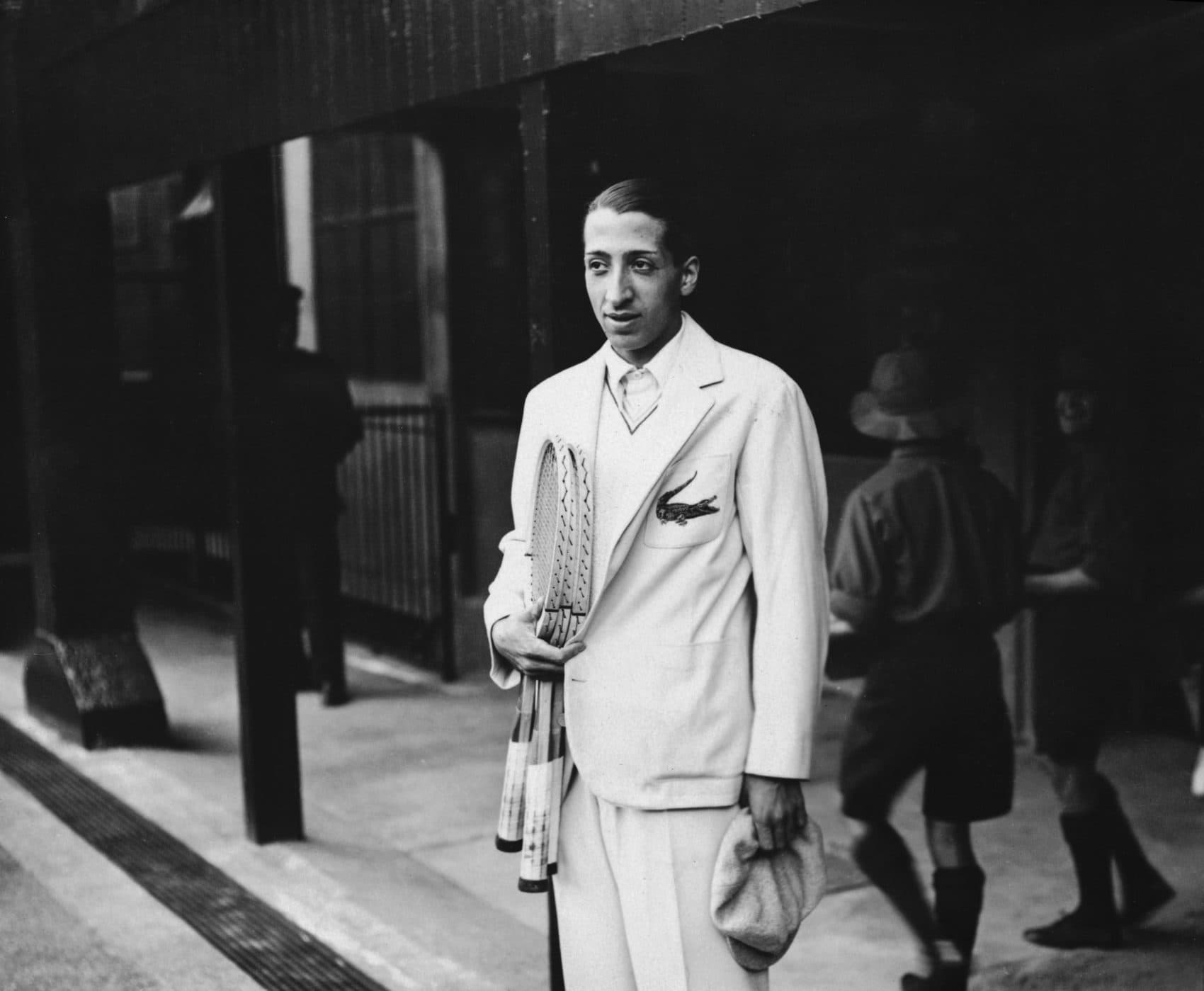
And Lacoste didn’t like traditional tennis garb.
"He was the first guy to get rid of sleeves on his shirt," Clapp says. "He was the first guy to wear short-sleeve shirts. He created this style himself."
The tennis world noticed, and a brand was launched. After World War II, Lacoste sold the foreign rights to his design and logo. By the early ’50s, the Lacoste jersey was popular in the U.S.
"And then, over the years, it expanded into the iconic brand that it is now," Clapp says. "And so, they’ve obviously made a fortune."
During the 1970s and 1980s, the Izod-Lacoste brand enjoyed annual sales of over $150 million for its shirts alone.
'He Knew Tennis Royalty When He Saw It'
In 2014, Tim Clapp and his family took a vacation to Paris. They paid a visit to the Lacoste flagship store.
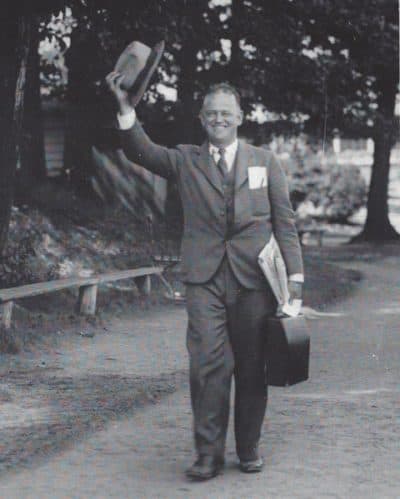
"I told them the story," Clapp says. "And they got very excited about it and wanted to tell the head of the company, whoever that was at the time. And they called him at his estate in Switzerland ... and he was unavailable. So I never got to connect with him.
"But someday, I still hope to contact his grandson — who I believe is still involved with the company — and compare notes about our grandfathers."
At this point, you’re probably wondering the same thing I am: did George Carens ever make any money off of his inadvertent branding of René Lacoste’s fashion juggernaut?
"No," Tim Clapp says. "But we always joked — we never saw any royalties, but he knew tennis royalty when he saw it."
For the record, Clapp doesn’t think Lacoste owes his family royalties. But he does wish the company would acknowledge Carens’ role in the development of one of the most recognizable logos in the world.
This segment aired on December 15, 2018.
